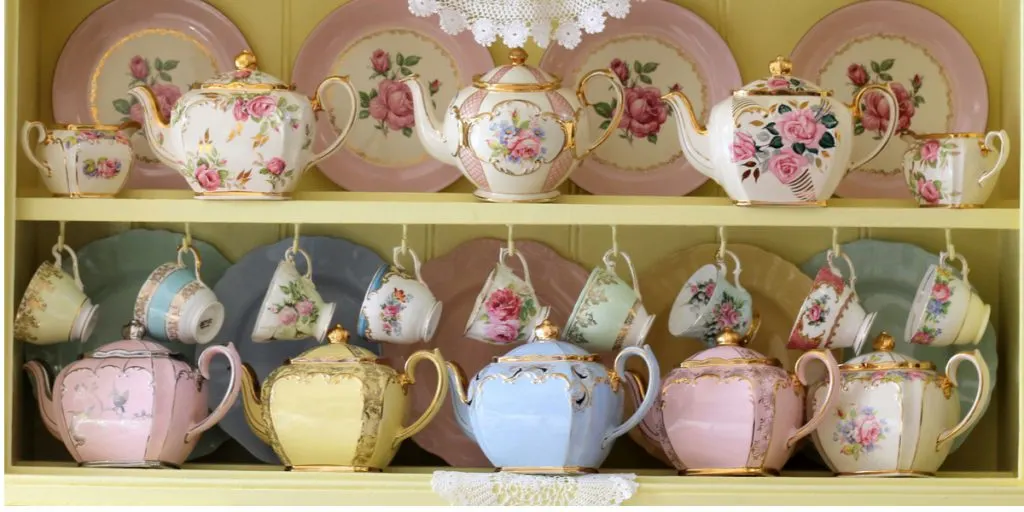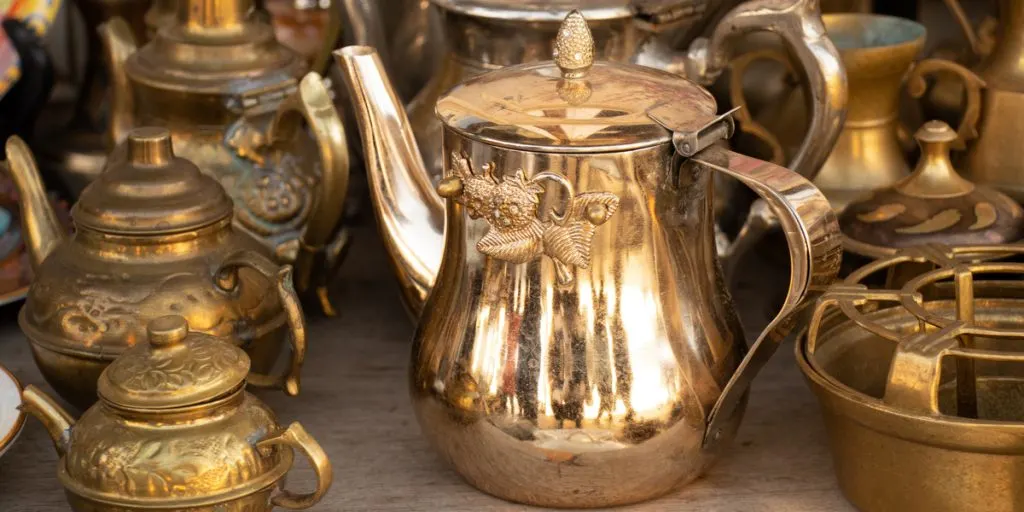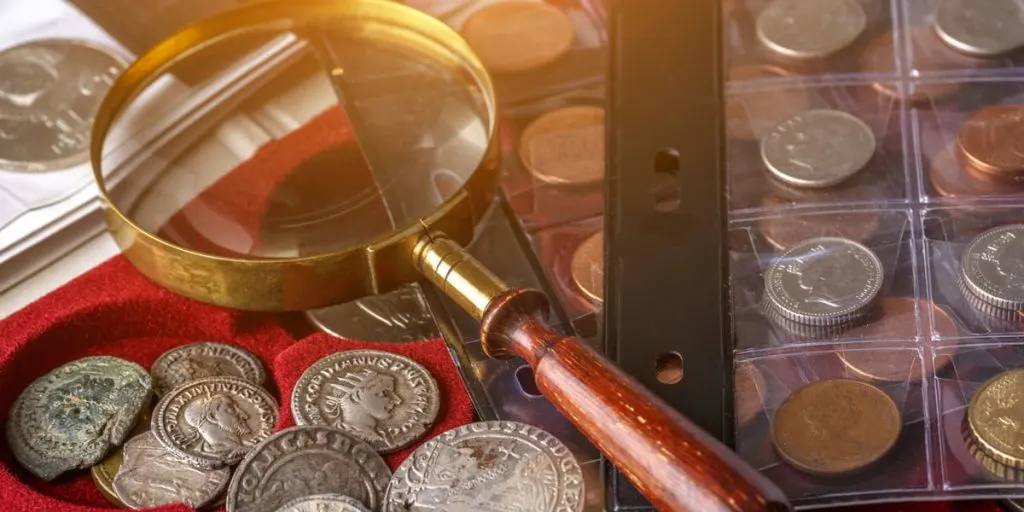We sometimes use the terms vintage and antique interchangeably for a large range of items, from antique furniture to vintage fashion.
Knowing the difference between the two can be useful if you are looking to sell or buy older items, as the price varies significantly.
We take a look at the differences between vintage and antique. We also find out what collectibles are.

What’s Vintage?
Vintage is a term often for items like furniture or other pieces of household goods that are at least 50 years old. It could be older than that if it was made before 1950.
Many people think of vintage as being more valuable because of its age, but this isn’t always true. Some antiques can have a higher value than their vintage counterparts.
Furniture from the 1940s to the 1960s has been in high demand since the early 2000s.
This is due to the fact that many homes were built during those decades, and the style of furniture they had then is still popular today.
Furniture from the 1970s on the other hand is less sought after because it wasn’t as common when compared to the earlier decades.
This means that the value of these pieces will depend on the condition they’re in. If they’re in good shape, they may sell for much more than an item from another decade.
However, if they need work, you might not get anywhere near what they would cost if you purchased them as new.

What’s Antique?
Antique is a term used for items that are over 100 years old. This includes everything from paintings to jewelry.
It doesn’t matter how expensive or cheap the piece is, if it’s over 100 years old, it’s considered antique.
It’s important to note though that while most items are sold under the antique label, some are not older than 100 years.
This means these items aren’t antique. They’re just called antique because they look aged.
If you want to know whether something is truly antique or not, check with your local auction house. They’ll be able to tell you the exact year the item was created.

How Do You Know When Something Is an Antique?
There are several ways to tell whether something is an antique or not. One way is by looking up the year it was manufactured.
Another way is by checking out the maker’s mark. This is a stamp that manufacturers put on products to show who made them.
For example, the maker’s mark for a lamp might say Made in Italy or Made in France. These stamps indicate where the manufacturer was located.
If the maker’s mark doesn’t include any information about where it was made, it’s unlikely to be an antique.
You can also look up the serial number. This is usually stamped into the back of the piece somewhere.
You should never try to remove this stamp, as it’s an important indicator of more information.
It’s possible to find out more about the history of the product through online research. For instance, you could check out the company’s website to see how long they’ve been around.
You could also look up the model name or serial number on sites such as eBay. This gives you a better idea of how many times a piece has changed hands.
What’s the Difference Between Antique and Vintage?
Although antique and vintage are often used similarly, there are some clear differences between the two.
Age
The difference between antique and vintage is similar to the difference between antique and modern.
Vintage refers to items made before 1950 whereas antique refers to items older than 100 years. Items made after 1950 are generally referred to as modern.
Price
As you can imagine, there’s a large price gap between antique and vintage. Antiques are generally considered to be any piece of furniture or art that is over 100 years old.
They can be anything from paintings to sculptures to clocks. They also include things like jewelry, silverware, glassware, china, and porcelain.
These items tend to be worth more than their vintage counterparts because they’re rarer and therefore more expensive.
An antique can easily go for thousands of dollars, while a vintage piece will only fetch hundreds.
In addition, antiques tend to have higher resale values than vintage.
Condition
Vintage items are typically in better condition than antiques.
Many people think that antiques are in worse condition than vintage simply because they don’t realize that antiques were made decades ago.
In reality, vintage items are often in much better shape than antiques.
Antiques tend to get damaged when they’re moved from one location to another. This is especially true for furniture.
Most antiques are made of wood, so they can become warped or cracked over time. This isn’t always a problem with vintage pieces.
If you want to sell either vintage or antique items, make sure it’s in good condition.

What’s a Collectible?
Collectibles are items that are valuable because they’re unique or rare. This includes everything from artwork to coins. It can even include items like baseball cards.
If an item is a collectible, then it’s likely to be valuable or become more valuable over time. For example, a rare coin may be worth tens of thousands of dollars.
Whereas some more modern porcelain may be collected by someone today with the view to sell them in 20 or 30 years’ time at a higher price.
A collector might buy an item now thinking that it’ll appreciate in value but if he doesn’t resell it within 5 or 10 years’ time, it won’t increase in value.
This means that collectors who buy something now need to plan ahead. If they do not intend to sell it then they should wait until they can afford to buy it back at a later date.
Conclusion
Vintage clothing has become very fashionable over the years. People love wearing clothes from the past because they look great and fit perfectly.
Many people also believe that vintage clothing is of better quality than new items.
